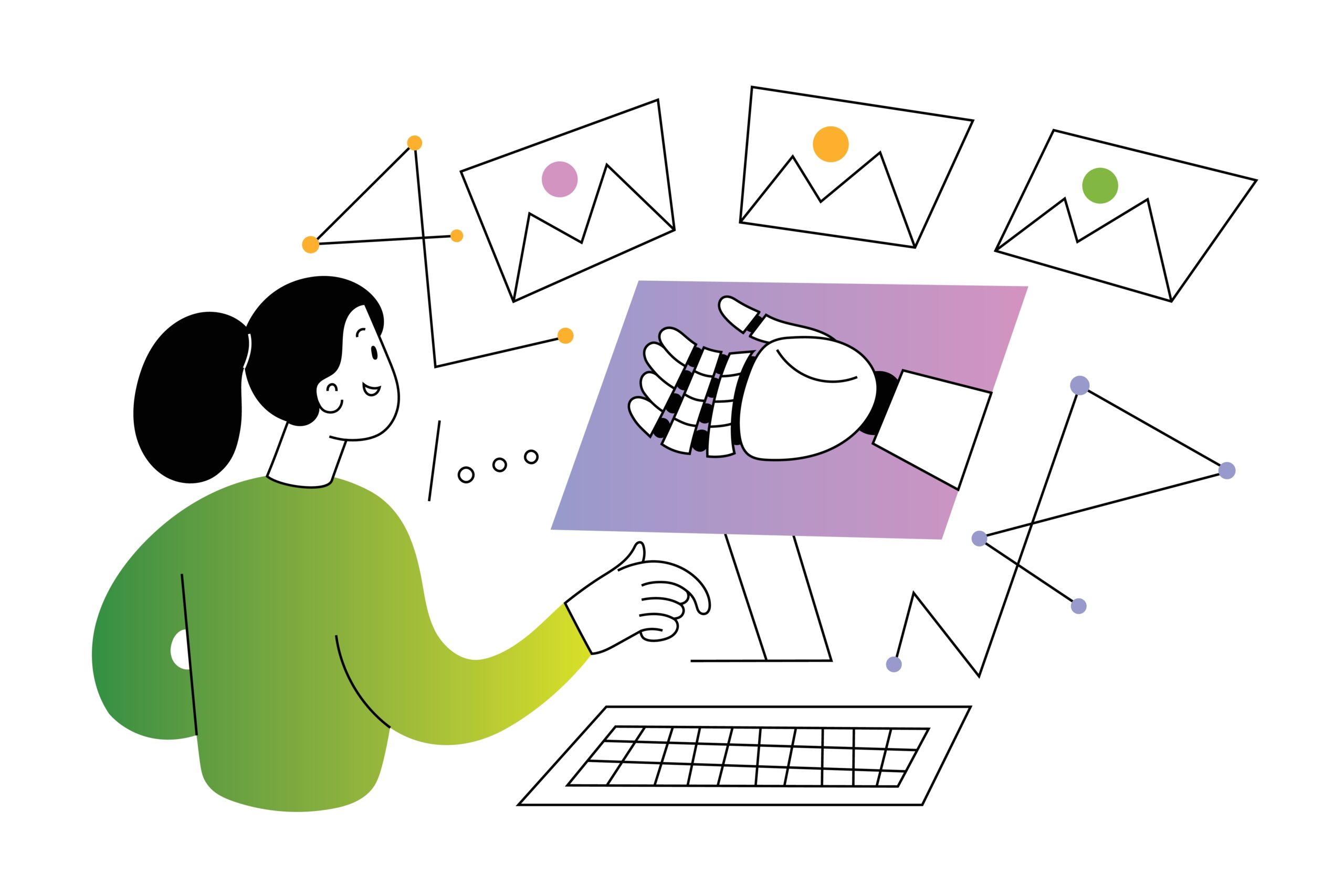What is Generative AI
Generative AI is a type of artificial intelligence that can create new content, such as images, videos, audio, text, and 3D models. It does this by learning patterns from existing data, then using this knowledge to generate new and unique outputs. Generative AI is capable of producing highly realistic and complex content that mimics human creativity, making it a valuable tool for many industries such as gaming, entertainment, and product design.
Generative Use Cases for Enterprise Use Cases
Customer service: Generative AI can be used to create chatbots that can answer customer questions and resolve issues. This can help to improve customer satisfaction and reduce the cost of customer support.
Marketing: Generative AI can be used to create personalized marketing campaigns that are more likely to resonate with customers. This can help to improve brand awareness, drive sales, and increase customer loyalty.
Product development: Generative AI can be used to design new products that are more likely to be successful. This can help to reduce the time and cost of product development and increase the chances of bringing new products to market.
Risk management: Generative AI can be used to identify and mitigate risks. This can help to protect businesses from financial losses, reputational damage, and other negative consequences.
Fraud detection: Generative AI can be used to detect fraudulent activity. This can help to protect businesses from financial losses and ensure the integrity of their data.
Compliance: Generative AI can be used to help businesses comply with regulations. This can help to avoid fines and penalties and protect businesses from legal liability.
Security: Generative AI can be used to improve the security of businesses. This can help to protect businesses from cyberattacks and data breaches.
Research: Generative AI can be used to accelerate research and development. This can help businesses to stay ahead of the competition and bring new products and services to market faster.
Education: Generative AI can be used to personalize learning and make it more engaging. This can help students to learn more effectively and improve their outcomes.
Healthcare: Generative AI can be used to diagnose diseases, develop new treatments, and improve patient care. This can help to save lives and improve the quality of life for patients.
Manufacturing: Generative AI can be used to design new products, optimize manufacturing processes, and improve product quality. This can help businesses to reduce costs and improve efficiency.
Energy: Generative AI can be used to optimize energy consumption, develop new energy sources, and improve the efficiency of energy systems. This can help businesses to reduce their energy costs and contribute to a more sustainable future.
Transportation: Generative AI can be used to optimize transportation networks, develop new transportation technologies, and improve the safety and efficiency of transportation. This can help businesses to reduce their transportation costs and improve the customer experience.
Retail: Generative AI can be used to personalize shopping experiences, recommend products, and improve inventory management. This can help businesses to increase sales and improve customer satisfaction.
Financial services: Generative AI can be used to improve risk management, fraud detection, and customer service. This can help businesses to reduce costs and improve the customer experience.
Government: Generative AI can be used to improve public safety, reduce fraud, and improve service delivery. This can help governments to save money and improve the quality of life for citizens.
Bard & ChatGPT
Bard and ChatGPT are both large language models (LLMs) that are trained on a massive dataset of text and code. They can both generate text, translate languages, write different kinds of creative content, and answer your questions in an informative way. However, there are some key differences between the two models.
Bard is trained on a more recent dataset than ChatGPT, which means that it has access to more up-to-date information. Bard is also trained on a larger dataset, which means that it has a better understanding of the world. As a result, Bard is generally better at answering questions and generating text that is factually accurate.
ChatGPT, on the other hand, is better at generating creative content. It can write poems, stories, and scripts that are more engaging and interesting than Bard’s output. ChatGPT is also better at translating languages, as it has been trained on a dataset of parallel text.
Overall, Bard and ChatGPT are both powerful LLMs that can be used for a variety of tasks. Bard is better at answering questions and generating factual text, while ChatGPT is better at generating creative content and translating languages.



